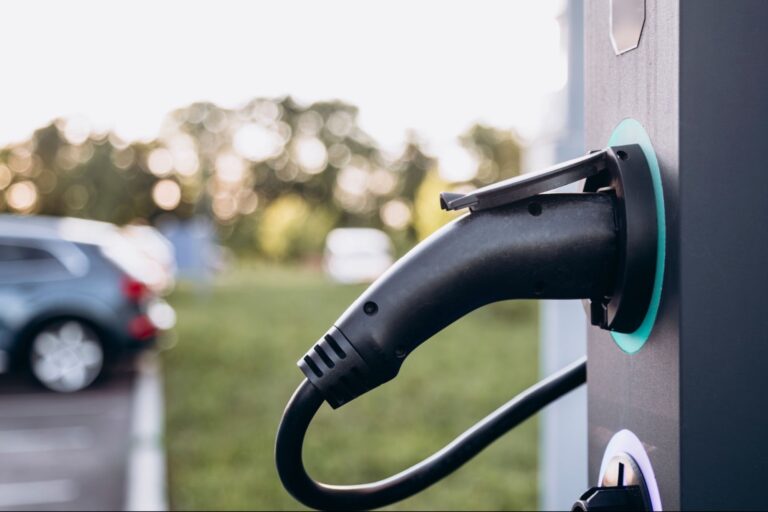UAE’s Electric Vehicle Market: A Bright Future Ahead
Transforming the Conversation
Back in 2015, when I launched an electric vehicle (EV) store in Milan, discussions often revolved around whether electric cars could be considered “real.” Today, in Dubai, the dialogue has completely transformed, focusing instead on the speed at which we can electrify the region.
Market Growth and Projections
The electric vehicle market in the Middle East was valued at around USD 2.8 billion in 2024, with forecasts suggesting it will soar to USD 10.9 billion by 2032. This rapid growth is driven by proactive government policies, an expanding infrastructure, and increased awareness about environmental impacts.
In the UAE, it’s expected that by 2030, electric vehicles will constitute over 15% of new sales in the passenger car and light commercial sectors, translating to approximately 58,000 vehicles. Projections extend this figure to 25% by 2035, equating to around 110,500 vehicles. The UAE’s electric vehicle market generated USD 2.2 billion in revenue in 2024 and is anticipated to maintain a compound annual growth rate of 24.2% between 2022 and 2028.
Establishing a Robust Infrastructure
For this momentum to continue, a strong infrastructure and public awareness are essential. A common misunderstanding in the UAE is the belief that charging stations are scarce. However, the country is actively working to enhance its EV infrastructure, with approximately 950 charging stations and 2,470 charge points as of the end of 2023. By 2030, it’s estimated that up to 70,000 charge points will be necessary to meet growing demand.
Government initiatives have played a pivotal role in this transition, facilitating an environment where electric vehicles are increasingly viewed as viable options for consumers. However, addressing public perceptions remains crucial, particularly misconceptions about battery lifespans.
According to the 2023 Global Electric Mobility Readiness Index, the UAE holds the 7th position globally, indicating significant readiness in terms of infrastructure, policy, and market development.
Adapting Lessons from Mature Markets
If the UAE wants to overcome remaining barriers, it can look to established EV markets for insights. A critical takeaway is that retail in the EV sector needs to encompass education and advocacy, beyond just sales. It’s not only about hardware; interoperability is a major differentiator.
Europe’s experience over the past decade can offer an expedited blueprint for the Gulf. Key strategies should include:
- Implementing a standardized charging plug and roaming protocol.
- Focusing on charger density in urban areas before extending to highways.
- Electrifying government and corporate fleets to establish a strong resale market.
This level of progress demands collaboration across various stakeholders—manufacturers, energy providers, tech companies, and regulators must be in sync. Consequently, EV adoption should be viewed as a collective effort, with the UAE uniquely equipped to excel given its infrastructure and ambitions.
Strategic Vision for the Future
To maintain this momentum, clarity of purpose is vital. While technology can advance swiftly, leadership must keep pace with policy and consensus-building efforts.
There is a need to convert global experiences into strategies tailored for local contexts. It is imperative that all stakeholders—from policymakers and planners to drivers and educators—feel a sense of ownership in this journey.
The forthcoming years are critical. The focus should be on bold partnerships, investments that anticipate demand, and a reminder: effective leadership in this arena isn’t merely about who reaches the finish line first; it is about fostering collaboration throughout the ecosystem.


